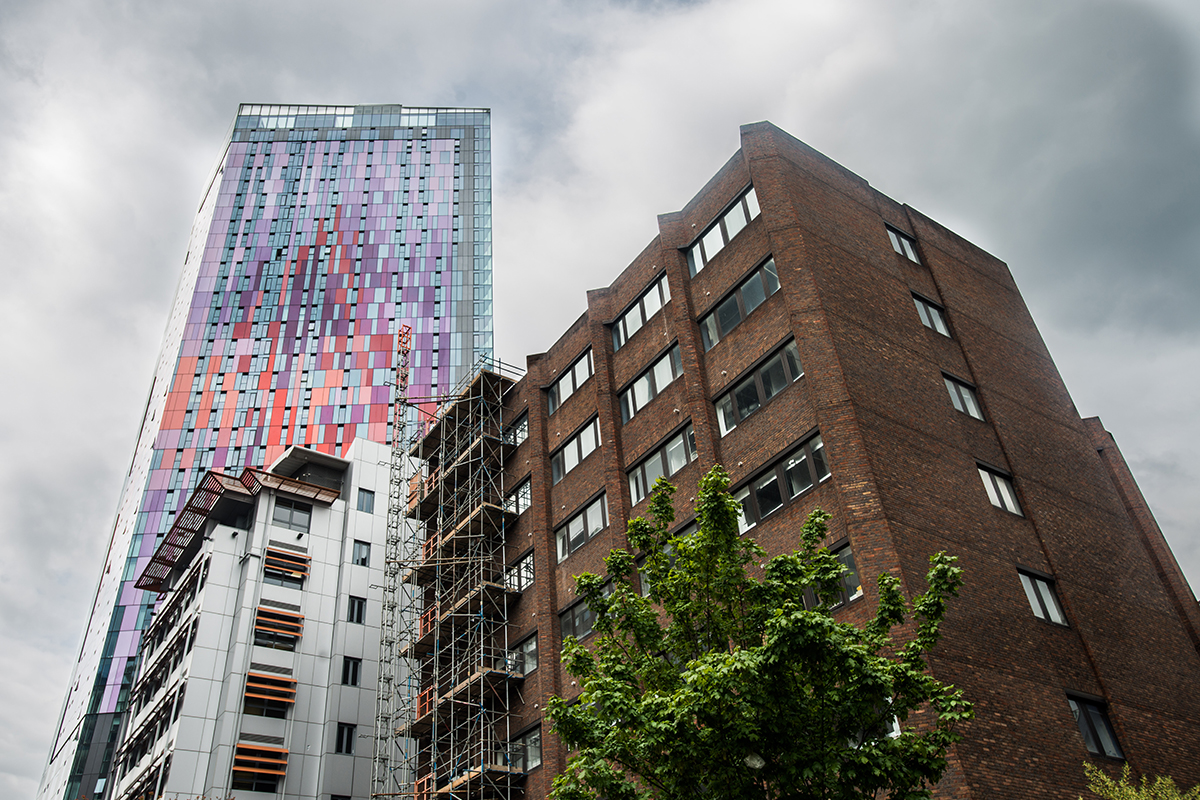You are viewing 1 of your 1 free articles
More than 7,500 affordable homes ‘lost’ due to office-to-resi rules
More than 7,500 affordable homes have been lost in the past two years in England due to rules that permit office redevelopments to bypass affordable housing requirements, according to new research.
Permitted development rights rules that allow office buildings to be converted into housing without planning permission – and including no commitment to affordable housing – have seen 30,575 new homes built in the past two financial years.
Analysis by the Local Government Association (LGA) estimated that 25% affordable housing could have been built in the conversions, meaning 7,644 affordable homes might have been created.
The LGA said 8% of housing built in the past two years has come from converted office blocks. In certain areas, office-to-residential conversions under the rules accounted for more than two-thirds of all housing.
In Stevenage, 73% of new homes fell under the category, and 64% of homes in Three Rivers and 61% in Sutton were converted from offices during 2016/17.
Councils have previously challenged the policy in court, claiming that it deprives areas of work space.
Martin Tett, housing spokesperson at the LGA, said: “At present, permitted development rules allow developers to bypass local influence and convert offices to flats, and to do so without providing affordable housing and local services and infrastructure such as roads and schools.
“Permitted development is detrimental to the ability of local communities to shape the area they live in.”











